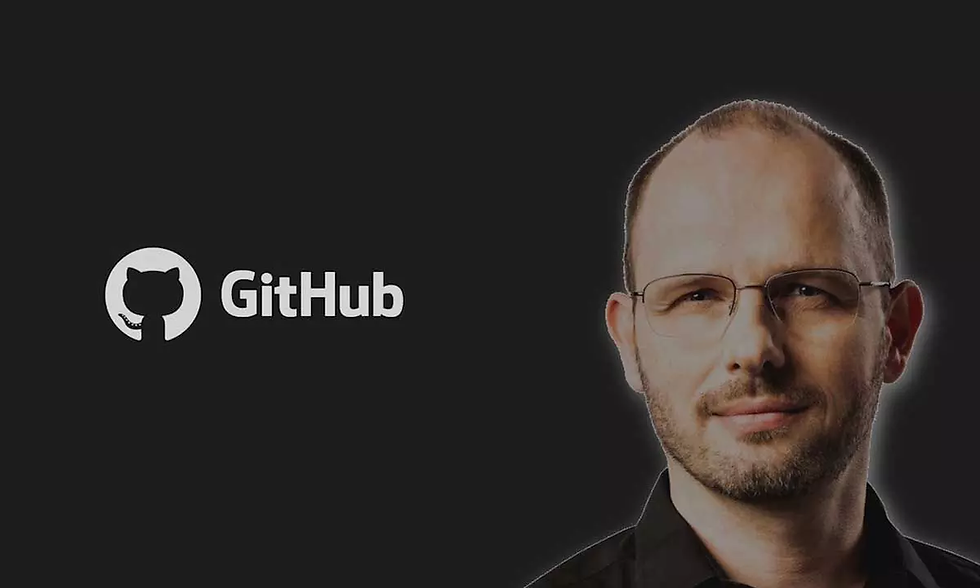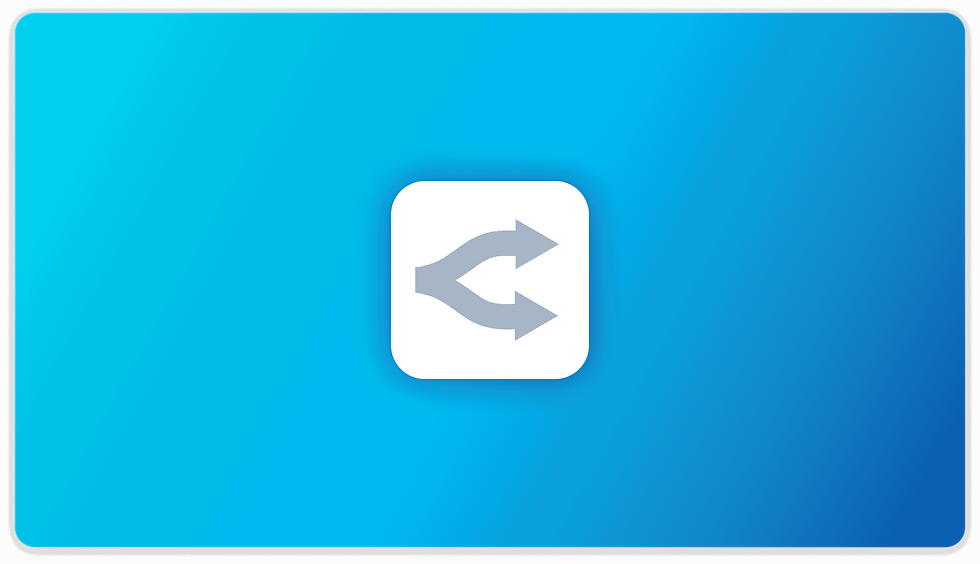Kimi K2 and the Future of Open-Source AI Models: The Next Game-Changer
- Aisha Washington

- Aug 15
- 10 min read

The AI landscape has witnessed a remarkable new entrant with the launch of Kimi K2, an open-weight large language model (LLM) developed by Moonshot, an Alibaba-backed startup. Positioned as a direct rival to established AI agents like ChatGPT and Claude, Kimi K2 stands out by combining cutting-edge performance with full transparency and accessibility. Unlike proprietary models that keep their training weights under wraps, Kimi K2 offers open weights alongside a free API, enabling developers, researchers, and enterprises to innovate without traditional constraints.
Officially released in mid-2025, the model’s artifact preview and API access quickly drew widespread attention. Industry observers praised Moonshot’s bold move into the “red-hot open-source AI market,” highlighting the potential for Kimi K2 to disrupt existing dynamics by democratizing access to high-caliber AI technology. This openness promises fresh opportunities for customization, fine-tuning, and multi-agent orchestration, which proprietary models often limit.
Yet, this breakthrough also raises important questions around technical scalability, adoption pathways, and regulatory frameworks. Kimi K2 could reshape the future of open-source AI models by merging exceptional capabilities with developer-friendly openness—but success depends on addressing challenges like alignment, cybersecurity, and ecosystem maturity. As the AI community embraces this new player, its impact will unfold across innovation, competition, and governance.
Background: Kimi K2, Moonshot and the Open-Source AI Movement

Moonshot is an ambitious AI startup backed by Alibaba, aiming to accelerate innovation through openness and accessibility. Its flagship project, Kimi K2 open-source, reflects a strategic commitment to challenge proprietary dominance by providing an open-weight LLM that developers can fully inspect, modify, and deploy. This approach contrasts with closed-source giants by emphasizing transparency and community collaboration.
Moonshot officially unveiled Kimi K2 in July 2025, releasing an artifact preview that showcased the model’s architecture and capabilities alongside a free API for immediate developer use. The release was covered extensively by major outlets such as CNBC and the South China Morning Post, both highlighting Moonshot’s disruptive positioning in the open-source AI market. The rollout timeline was swift: initial announcements in early July were followed by public access within weeks, signaling Moonshot’s intent to rapidly build momentum.
Moonshot's Stated Mission and How Kimi K2 Fits
Moonshot’s mission centers on advancing openness in AI to foster innovation and equitable access. According to their official project site, they envision Kimi K2 as a foundation for developer-friendly, agentic AI that empowers users to experiment freely without black-box restrictions. This aligns with a broader vision to cultivate an ecosystem where models are transparent by design, reducing barriers posed by proprietary licensing or restrictive APIs.
Release Timeline and Public Rollout
The Kimi K2 artifact preview was published on July 14, 2025, alongside media coverage from outlets like CNBC. Within days, developers gained access to both the open weights and a free API endpoint, enabling immediate experimentation. This rapid public rollout contrasts with more cautious launches from competitors and emphasizes Moonshot's commitment to broad accessibility.
What "Open-Weight" and "Open-Source" Mean for Ecosystems
An open-weight LLM means that the trained neural network parameters are fully available for download and modification. This transparency unlocks several ecosystem advantages:
Research Advancement: Scientists can analyze inner workings, improving understanding of model behavior.
Fine-Tuning Freedom: Developers can adapt the model to niche domains or languages without licensing constraints.
Competitive Innovation: Open weights foster healthy competition by lowering entry barriers for startups and academic groups.
Transparency & Trust: Public scrutiny helps detect biases or vulnerabilities more effectively.
The South China Morning Post emphasized that this open approach is fueling a "red-hot" race among Chinese and global players to democratize AI capabilities through open-source models like Kimi K2.
Insight: The open-weight model paradigm is reshaping AI development from proprietary silos toward collaborative ecosystems that accelerate progress.
Technical Architecture and "Open-Agentic" Performance of Kimi K2
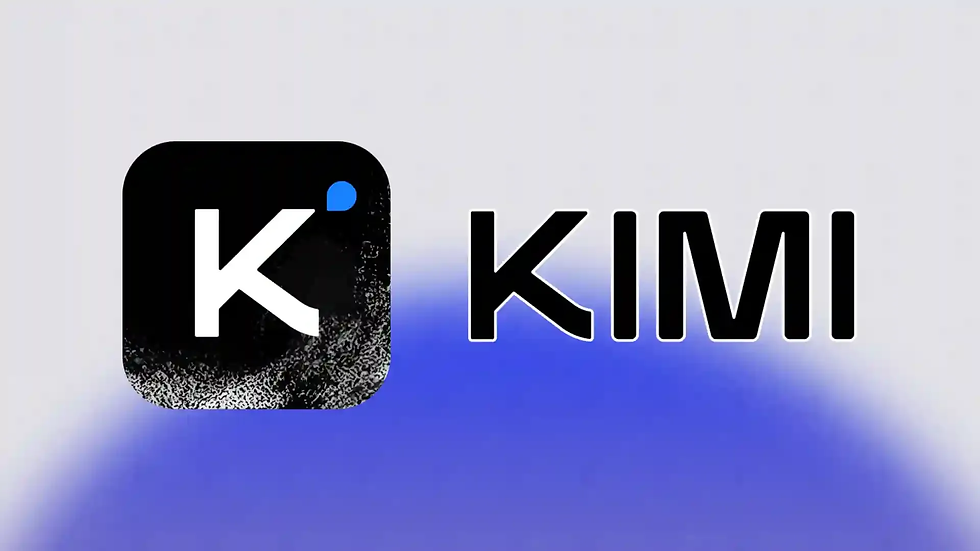
Kimi K2 exemplifies what is known in AI research as an open-agentic system—a model capable not only of natural language understanding but also of autonomous multi-step reasoning, tool use, and delegation. This section details its architecture, training methodology, performance benchmarks, and developer implications.
Core Architecture and "Agentic" Capabilities
At its core, Kimi K2 architecture is built on a transformer-based large language model trained to operate as an agentic AI: it can plan complex tasks across multiple steps, invoke external tools or APIs dynamically, and delegate subtasks either internally or across multiple agents. The concept of "open-agentic" intelligence means that these capabilities are accessible without proprietary restrictions.
According to the technical paper on open-agentic intelligence, Kimi K2 integrates modular components for task reasoning layered atop language modeling. The model supports dynamic decision trees that allow it to break down instructions autonomously—a feature previously locked behind closed platforms like ChatGPT Plus or Anthropic Claude.
Benchmarks and Performance vs. Leading LLMs
Independent analyses from Intuition Labs reveal that Kimi K2 open-weight LLM performance approaches that of leading proprietary models across many standard benchmarks such as MMLU (Massive Multitask Language Understanding) and HELM (Holistic Evaluation of Language Models). While slight gaps remain in some nuanced reasoning tasks, Kimi K2 excels in throughput and latency when deployed on commodity hardware.
The DigitalOcean tutorial highlights real-world inference speeds that make it viable for enterprise applications alongside ChatGPT alternatives. Moreover, its agentic abilities enable multi-tool orchestration previously unavailable in open-source form.
Training Pipeline, Data, and Alignment Challenges
Training such a large open-source model poses distinct hurdles. Moonshot reportedly leveraged extensive datasets combining licensed corpora, publicly available web data, and proprietary sources while applying reinforcement learning with human feedback (RLHF) techniques to improve alignment.
The research on large open-source model training underscores challenges including ensuring reproducibility at scale, managing compute costs (estimated in tens of petaflop/s-days), and balancing safety with model expressiveness. Moonshot’s transparent approach allows third parties to verify aspects of data provenance and alignment strategies—an uncommon feature among competitors.
Practical Implications for Developers — Fine-Tuning, Inference, and Tool Integration
With open weights at their disposal, developers can perform fine-tuning of Kimi K2 for specialized domains such as medical diagnostics or regional languages. The accessible architecture supports seamless integration of external APIs or plugins to extend capabilities without relying on vendor lock-in.
This flexibility contrasts sharply with closed systems where fine-tuning often requires costly enterprise agreements or is outright unavailable. However, developers must weigh operational tradeoffs including resource demands for inference and risks associated with unregulated deployments.
Key takeaway: Kimi K2’s open-agentic design fosters a thriving ecosystem where developers can tailor powerful AI agents with minimal friction.
Market Impact, Competition and Industry Trends for Open-Source AI Models
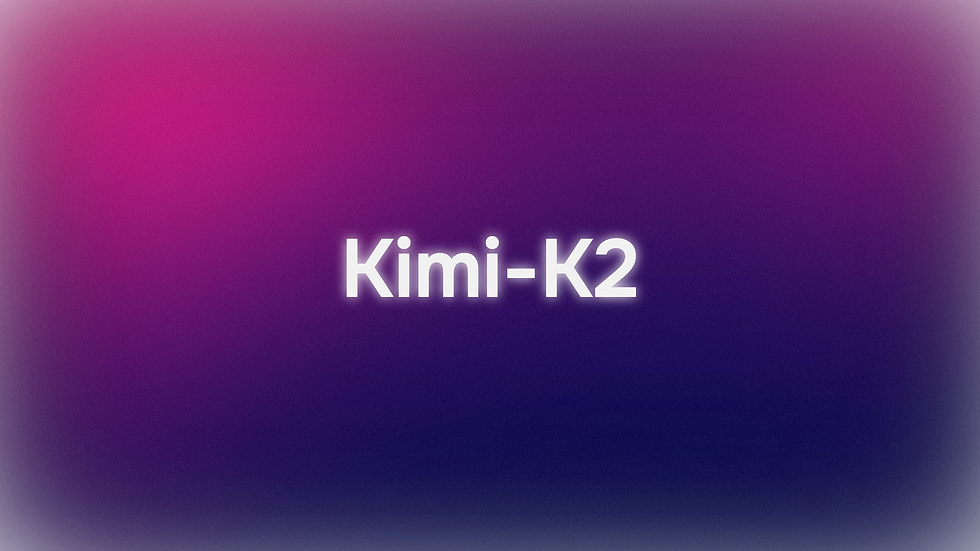
The arrival of Kimi K2 has accelerated shifts in the competitive landscape between proprietary incumbents like OpenAI’s ChatGPT and Anthropic Claude versus emergent open-source challengers backed by major Chinese players.
Competitive Analysis — Where Kimi K2 Wins and Where It May Lag
In terms of competition with ChatGPT, Kimi K2 offers superior openness with its fully accessible weights and a no-cost API option—a stark contrast to OpenAI’s tiered subscription pricing. CNBC emphasized how Moonshot positions its model as a direct rival capable of delivering comparable conversational quality combined with agentic features.
That said, some enterprise features such as mature support ecosystems, robust moderation tools, or integrations remain less developed relative to incumbents. TechTarget notes that while Moonshot’s pricing is disruptive, its commercial readiness will improve over time through community feedback and incremental releases.
Pricing, Distribution and the Economics of Open-Weight Models
Moonshot’s decision to offer a free API alongside downloadable weights lowers barriers for startups experimenting with AI-powered products. This model challenges traditional pricing structures where API usage fees can be prohibitive for small teams or independent researchers.
The economics favor democratization: cheaper access encourages rapid prototyping without upfront costs. Considerable’s early analysis highlights that this could pressure incumbents to revisit pricing strategies while expanding the market overall.
Industry Trend Analysis — Open-Source Momentum and Geopolitical Dynamics
The broader industry is witnessing a "red-hot" surge in open-source AI models driven by community momentum and geopolitical competition. As reported by the South China Morning Post, Chinese startups like Moonshot are fueling innovation ecosystems parallel to Western players, emphasizing sovereignty over critical AI technologies.
Community contributions—ranging from benchmark datasets to fine-tuning recipes—are accelerating iterative improvements far beyond what single companies can achieve alone. This trend signals a future where global AI leadership may depend as much on openness as on raw compute power.
Insight: The rise of models like Kimi K2 is catalyzing a more pluralistic AI ecosystem marked by diverse innovation nodes worldwide.
Access, Developer Ecosystem, and Adoption Dynamics for Kimi K2
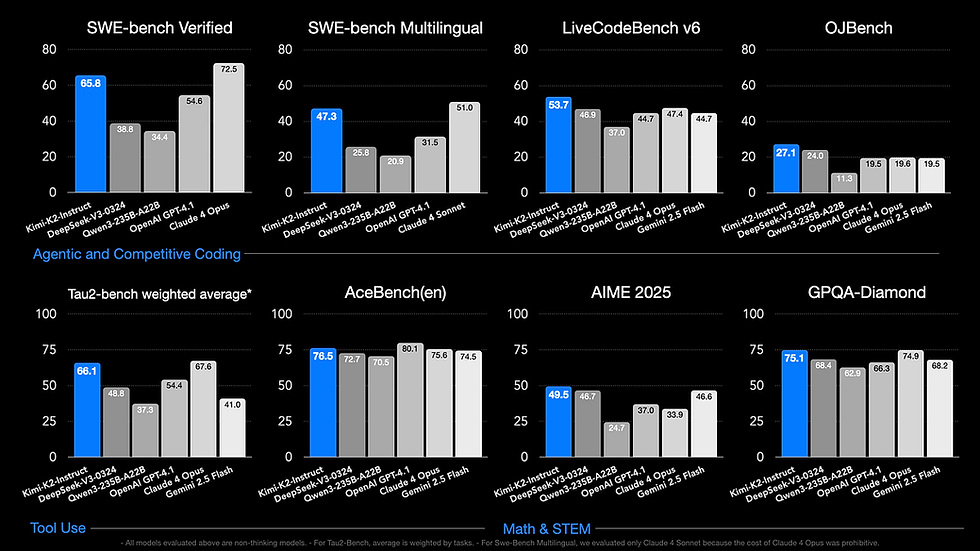
Kimi K2’s accessibility strategy combines multiple entry points: a free API for ease of use; downloadable open weights for deep customization; plus rich community tooling fostering rapid adoption.
Access Options — API vs. Open Weights and What Each Enables
Using the free API offers immediate access without infrastructure overhead—ideal for rapid prototyping or lightweight applications. In contrast, downloading open weights grants maximal control over deployment environments such as private clouds or on-premise servers but requires significant compute resources.
A Medium analysis illustrates this tradeoff: the API suits developers seeking simplicity; open weights attract those needing fine-grained tailoring or enhanced security controls.
Early Adoption Metrics to Watch and How to Measure Impact
Key indicators of Kimi K2 adoption include:
Volume of API calls reflecting active usage
GitHub forks/stars on related repositories showing community interest
Number of fine-tuning projects signaling domain-specific engagement
Enterprise pilot programs testing production viability
Early data points suggest strong uptake across startups experimenting with agentic workflows enabled by the free API offering.
Ecosystem Growth — Tooling, Community, and Third-Party Integrations
Intuition Labs forecasts an influx of community-built wrappers, multi-agent orchestrators, and benchmark suites tailored to Kimi K2’s architecture. This vibrant ecosystem will lower barriers for newcomers while pushing innovation forward through shared resources—hallmarks of successful open-source projects.
Key takeaway: Diverse access pathways accelerate both innovation velocity and user base growth within the emerging open-source developer ecosystem.
Risks, Regulation, and Cybersecurity Implications for Open-Source AI Like Kimi K2
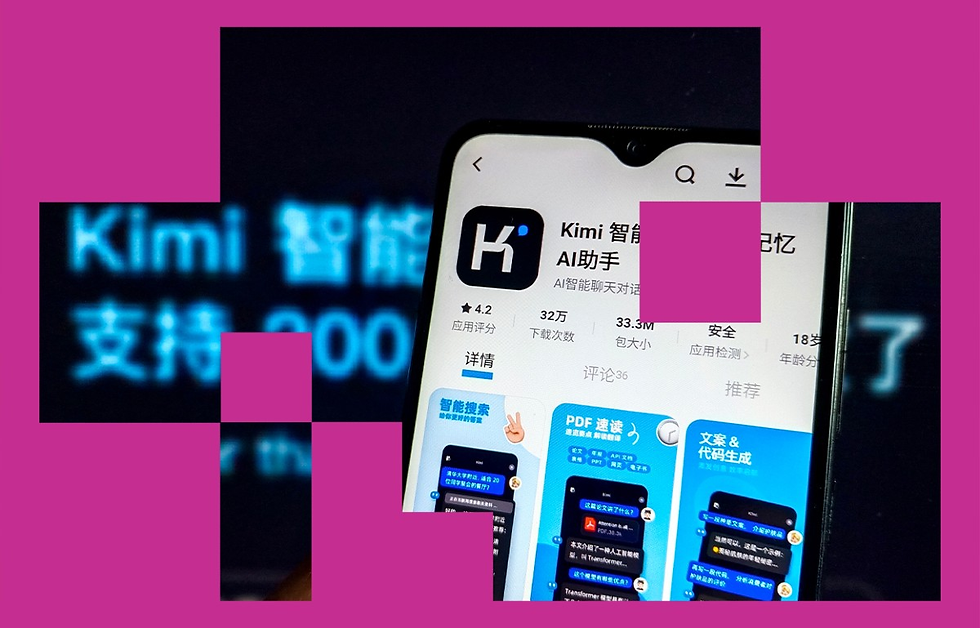
While openness fuels innovation, it also exposes new risks that require urgent policy attention around security and governance.
Cybersecurity Risks Specific to Open-Weight Models
Open weights enable adversaries to clone models easily or craft poisoned datasets that degrade performance—a threat vector absent in closed systems. Additionally, exfiltration of sensitive training data or misuse scenarios (e.g., generating disinformation) become harder to control when models circulate freely.
Policy research highlights that these factors shift the threat calculus significantly compared to proprietary deployments, demanding novel mitigation strategies that combine technical safeguards with community vigilance.
Policy Gaps and Regulatory Challenges
Current AI regulations often focus on centralized providers but struggle to address distributed risks posed by community-shared models like Kimi K2. The absence of clear provenance metadata standards or enforceable usage controls creates policy blind spots that bad actors could exploit.
Experts recommend adaptive frameworks emphasizing transparency mandates coupled with flexible enforcement mechanisms attuned to open-source realities.
Industry Best Practices and Collaborative Mitigation Strategies
Multi-stakeholder collaborations encompassing developers, policymakers, and security experts can advance hardened toolchains embedding provenance tracking (e.g., cryptographic signatures), controlled access protocols, and coordinated vulnerability disclosures.
Moonshot’s transparent approach provides a foundation for such efforts—encouraging shared responsibility rather than siloed oversight—to sustainably manage risks inherent in open-source AI cybersecurity.
Insight: Balancing openness with security requires proactive governance frameworks that evolve alongside technological advances.
Practical Applications and Use Cases: Where Kimi K2 Could Be a Game-Changer
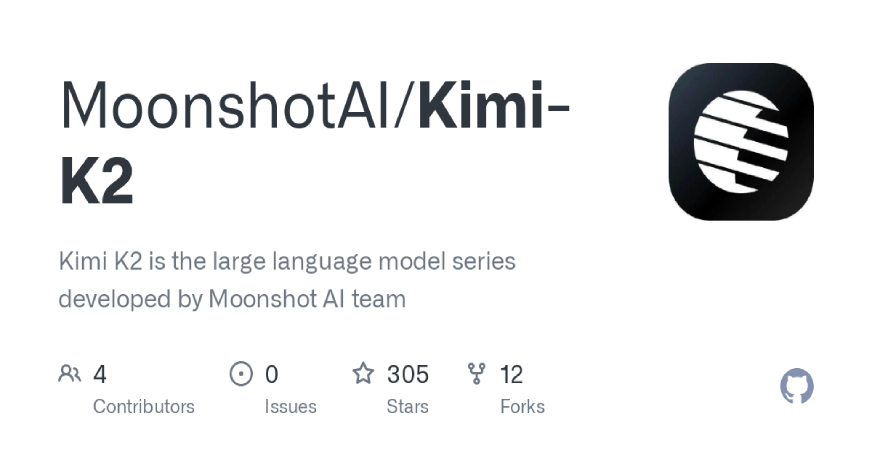
Kimi K2's unique blend of openness and agentic capabilities unlocks transformative possibilities across multiple sectors.
Startups and Rapid Prototyping with Free API and Open Weights
For startups seeking cost-effective ways to build intelligent applications, the free API accelerates minimum viable product (MVP) development by removing financial barriers. Open weights enable deeper experimentation such as domain-specific fine-tuning or multi-agent workflows tailored to niche needs.
Medium coverage underscores how this democratization fosters entrepreneurial agility rarely seen before in large-scale AI models.
Enterprise Automation and Private Deployment Scenarios
Many enterprises require control over sensitive data due to compliance mandates or internal policies. By deploying open-weight versions on-premise or in private clouds, organizations gain autonomy while leveraging advanced agentic AI in enterprise automation workflows—such as intelligent customer support bots or supply chain optimization agents.
This flexibility contrasts with closed APIs that may expose confidential information during transit or require third-party oversight.
Research, Multilingual & Regional Applications
Researchers benefit from full model transparency enabling reproducible experiments in specialized domains like healthcare or scientific literature analysis. Additionally, claims about extensive multilingual training make Kimi K2 attractive for supporting regional languages underserved by mainstream providers.
Community-driven benchmarks continue refining these capabilities—pushing frontiers in language diversity and domain adaptation.
Key takeaway: The versatility of open-weight LLM applications ensures broad relevance from startups through global enterprises to academic labs.
FAQ: Common Reader Questions About Kimi K2 and Open-Source AI Models
Q1: Is Kimi K2 truly open-source and what does “open-weight” mean for me? Yes. Open-weight means all trained parameters are publicly available for download and modification without proprietary restrictions. You can explore the official artifact preview or visit Moonshot’s docs for detailed guidance.
Q2: How does Kimi K2 compare to ChatGPT and Claude in real tasks? Kimi K2 matches closely with ChatGPT on many benchmarks while offering unique agentic features such as multi-step reasoning accessible via open weights. Independent reviews from Intuition Labs provide deeper performance insights contrasting these models.
Q3: Is it safe to deploy Kimi K2 in production? Safety depends on implementing safeguards like content filtering, monitoring misuse risks identified in policy research (arXiv analysis), and following best practices outlined in developer tutorials (DigitalOcean guide).
Q4: How can developers get started and measure adoption? Begin by accessing the free API or downloading open weights from Moonshot’s site. Track KPIs like API usage volume or GitHub community activity; early adoption trends are discussed extensively in Medium articles covering user uptake.
Conclusions and Forward-Looking Recommendations
Kimi K2 represents a landmark achievement in the evolution of open-source AI models, uniquely combining open weights, agentic intelligence features, and accessible free APIs. These elements collectively lower barriers for innovation while challenging established market leaders—yet they also introduce tradeoffs around security risks, alignment challenges, and enterprise readiness.
Stakeholders should consider tailored approaches:
Developers are encouraged to experiment aggressively with APIs while contributing benchmarks and adhering to security best practices.
Enterprises should pilot private deployments leveraging open weights but demand provenance metadata and robust governance controls before scaling production use.
Policymakers need adaptive frameworks co-designed with industry experts that address open-weight LLM governance, fund threat detection research, and enable rapid vulnerability disclosures.
Looking ahead over the next 12–24 months, the “future of open-source AI” will likely see intensified competition driving down costs while democratizing advanced LLM capabilities globally. This evolution will pressure incumbents to innovate more transparently while requiring new governance paradigms balancing openness with safety—a dynamic perfectly embodied by Moonshot’s ambitious debut with Kimi K2.
Bold insights throughout this article highlight how openness combined with agentic design is setting a new standard for accessible yet powerful AI systems.
